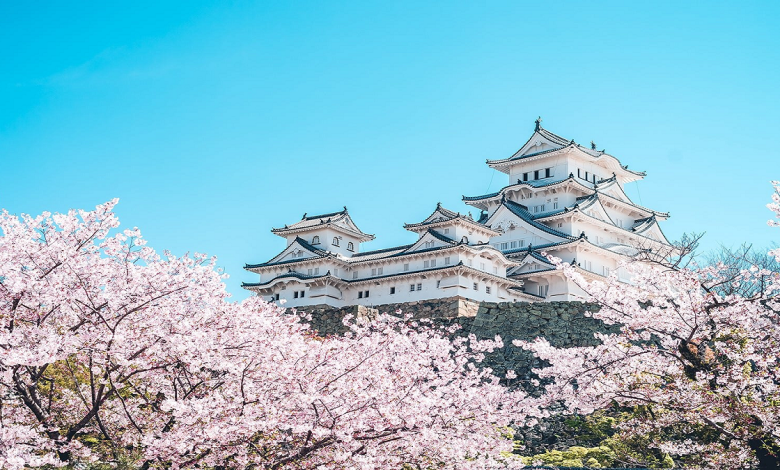Here are 2 Factors Affecting Tokyo’s Climate

Tokyo, the bustling capital of Japan, experiences a diverse and ever-changing climate due to several factors, with geography and oceanic currents playing pivotal roles in shaping its weather patterns.
- Geographical Factors: Latitude and Altitude
One of the primary factors influencing Tokyo’s climate is its geographical location. Situated at approximately 36 degrees north latitude, Tokyo shares a latitude range similar to that of other global cities like Tehran, Athens, or Los Angeles. The distance from the equator, known as latitude, significantly impacts an area’s climate. In Tokyo’s case, this latitude places it in a region where the climate tends to be milder and warmer.
Altitude, referring to the height above sea level or the Earth’s surface, is another critical geographical factor affecting Tokyo’s climate. Japan’s varied terrain, including its mountainous regions, influences temperature and weather patterns. Higher altitudes generally lead to cooler temperatures, and this topographical diversity is evident in Japan’s climate, contributing to variations in temperature and precipitation across the country.
- Oceanic Currents: Kuroshio and Oyashio Currents
The second major factor impacting Tokyo’s climate is the presence of two significant oceanic currents: the Kuroshio Current (Black Current) and the Oyashio Current (Parent Current).
Kuroshio Current (Black Current): This warm ocean current flows northward along the Pacific side of Japan. It warms the coastal regions as it approaches Tokyo, causing the city’s climate to be rather pleasant, especially during the winter. Japan’s diverse climate is influenced by the Tsushima Current, a smaller branch of the Kuroshio Current that enters the Sea of Japan.
Oyashio Current (Parent Current): In contrast, the cold Oyashio Current travels southward along the northern Pacific Ocean. This current is responsible for cooling the coastal areas along its path, affecting the climate of regions fronting the Pacific Ocean. The meeting point of these two oceanic currents, approximately at 36 degrees north latitude, is a significant factor in Tokyo’s climate.
Seasonal Variation and Typhoons
Japan experiences seasonal variations in climate, which have been celebrated in art and literature throughout its history. From cool and snowy winters in Hokkaido to subtropical conditions in Kyushu, Japan’s geographical diversity creates diverse regional climates.
Additionally, the climate from June to September is characterized by hot and wet weather due to tropical air flows originating from the Pacific Ocean and Southeast Asia. This period includes a distinctive rainy season, followed by hot and humid conditions. Tokyo encounters five or six typhoons annually, typically from early August to early September, often causing considerable damage.
Also Read : Analyzing the Issues with Rainforest Carbon Credits for Carbon Offset
In conclusion, Tokyo’s climate is shaped by its geographical position, altitude variations, and the influence of oceanic currents. These factors contribute to the city’s unique climate patterns, seasonal variations, and occasional encounters with typhoons. Understanding these influences is crucial for both residents and visitors to Tokyo as they navigate the city’s weather throughout the year.



